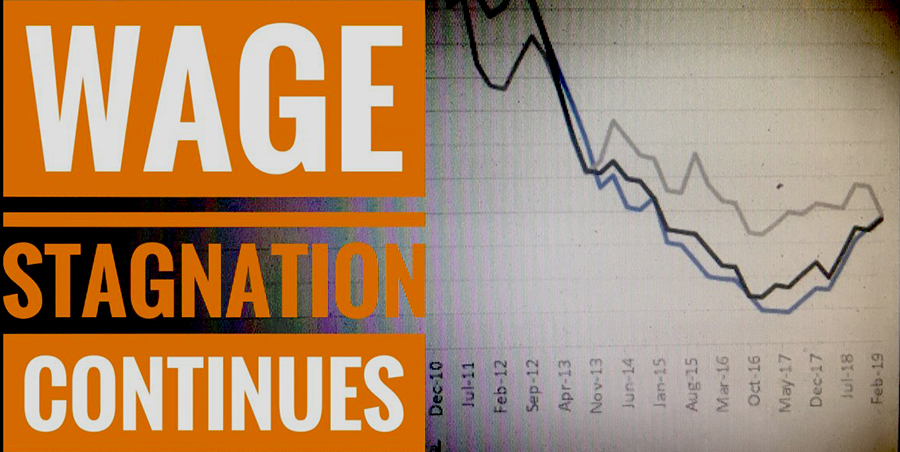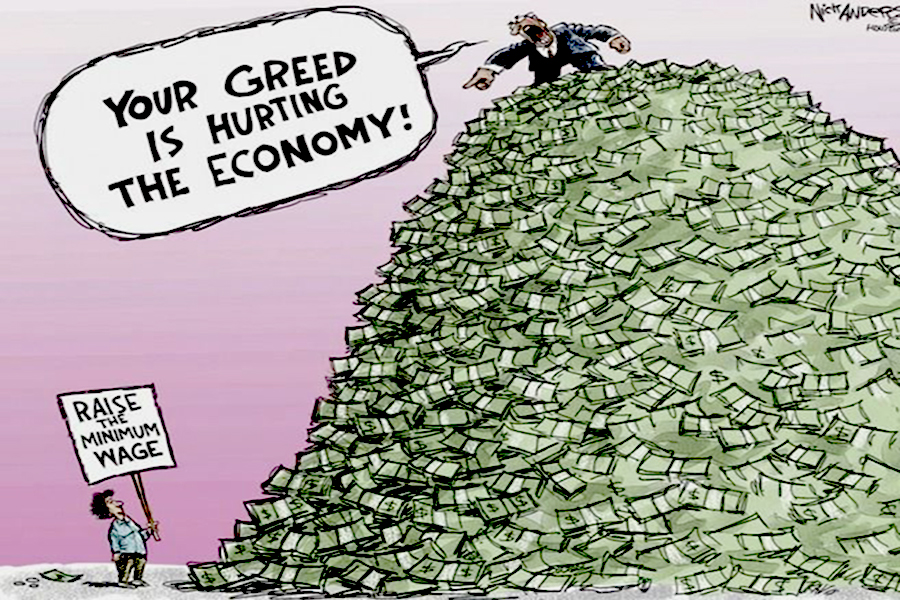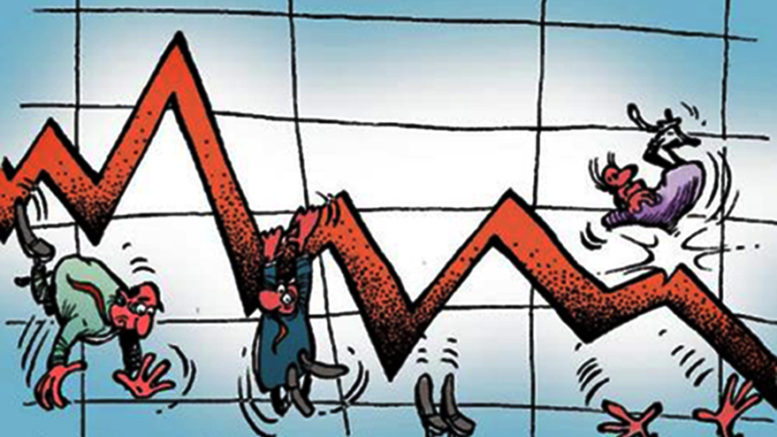Contributed by Joe Montero
Greg Jericho wrote (The Guardian 28 January 2021), “Covid-19 has actually hidden the weakness of the economy”. He hit the nail on the head and adds that “Australia’s economy has been weak for many years now”. The problem is that policy makers are now hiding behind the Pandemic to avoid admitting the truth, and this stands to make the situation even worse.
Jericho did not only make the assertion. He provided evidence. Parts of his article are presented here.
“The consumer price index figures for December, released yesterday by the Australian Bureau of Statistics, show the continual impact of the pandemic. After a record fall of 1.9% in the June quarter last year, followed by an absurd 1.6% jump in September, the last three months of 2020 saw a 0.8% increase in prices.
“And yet, even with prices rising 2.4 percent in just six months, annual inflation grew just 0.9 percent in 2020.
“The Reserve Bank’s underlying “trimmed mean” measure of inflation (or core inflation), which removes the one-off and erratic rises and falls, shows that blaming all our problems on the pandemic is greatly misguided”.
“In just one of the past 20 quarters core inflation has been above 0.5 percent. Given the bottom of the Reserve Bank’s target for annual inflation is 2 percent, that means we have now gone five years with inflation below the RBA’s target”.
He points out that the major cause of recent inflation has been an increase of 20 percent in the price of tobacco. The reality is that prices across the board barely shifted at all.
The illusion created is seen in the graph below, where the CPI and core inflation diverge. This illusion has been used to pretend the economy is suddenly on the mend.
Quarterly inflation growth
Source: ABS 6401.0, Table 8
When the inflation rate gets too low, it signals that the economy is under performing. When it is prolonged, it means that there is an effective market over supply. This means that consumption is less than it should be.
Greg Jericho refers to the lack of wages growth and the “limp” or under spending state as factors.

“Tobacco price rises accounted for over 40 percent of the December increase in all of the CPI. Without tobacco, inflation was around 0.2 percent last year”. He adds: “Without the childcare rises, inflation in the December quarter would have been just 0.5 percent rather than 0.9 percent”. Remember, this is from a much lower base brought about by the pandemic shutdown.
By alerting us to these facts, Greg Jericho makes an important contribution to a more widespread understanding of the data, and by doing so, uncovering the extent of manipulation and misinformation coming from Canberra.
An important part of turning the economy involves solving solving the problems of negative income distribution and under consumption. but it will amount to little if the even more fundamental problem is not taken on.
this is that the economic system itself is sick. at its foundation, this is about how the economy is organised and leads to boom/bust cycles. History tells us that these cycles are embedded in the structure of the economy, they are predictable, lead to suffering, and that collapse and political crisis are the consequences, when this is not addressed.
The overwhelming priority given to private profit, rather than the wellbeing of members of society. Excessive competition leads to the rise of monopoly and output andinblances between economic sectors. Associated with this, is the the rush to cut the cost of labour andraise output, via a continuous replacement of human beings by technology, until this pulls down the marginal return and average rate of profit, as well as the purchasing power of consumers.

At this point, the push is to profit primarily from increasing cutting the wages share and aiding this with increased unemployment and what is now called the casualisation of work. Both put a downward pressure on wages.
The second is an increasing dependency on corporate welfare as a source of profit, and the third, is the rising reliance on the creation of credit.
All of this is unsustainable. It is the basic reason why the economy is going backward in real terms.
Unless the systemic problem is taken on, the crisis will continue to deepen, and continuing to pretend that the economy is alright, except for Covid-19, will ensure that this is the case.
Another article by business reporter David Chau (ABC 28 January 2021), observing the falls in global share markets, warns that Australia faces the same. Although this is not stated by this reporter, the Australian dollar has been kept up in the past because it has been used by major American investors as a safe haven for their own currency when it dips. This is now slipping.
David Chao does quotes from a note by senior NAB senior foreign exchange strategist Rodrigo Catril.
“The Australian dollar is a risk-sensitive currency, so an extension of the current equity decline is an imminent risk for the pair [AUD/USD]”. The source of the risk? David Chau suggests a fall in the share prices of American companies.
He quotes David Madden, market analyst at CMC Markets UK.
“Fears are circulating that some investment funds might be quickly closing out positions as a way of shoring up their cash positions.
“It is early days yet, but we might see selling pressure ramp up for fear there could be a stampede for the exit”.
The point is that increasing volatility in the share market is an outcome of a failure. Those forces driving down the Australian economy are also operating in the United Sates. The difference is that they are more advanced there. Given the extent to which the Australian economy is integrated into it, this is serious.


Be the first to comment on "Systemic failure is wrecking Australian economy not the pandemic"